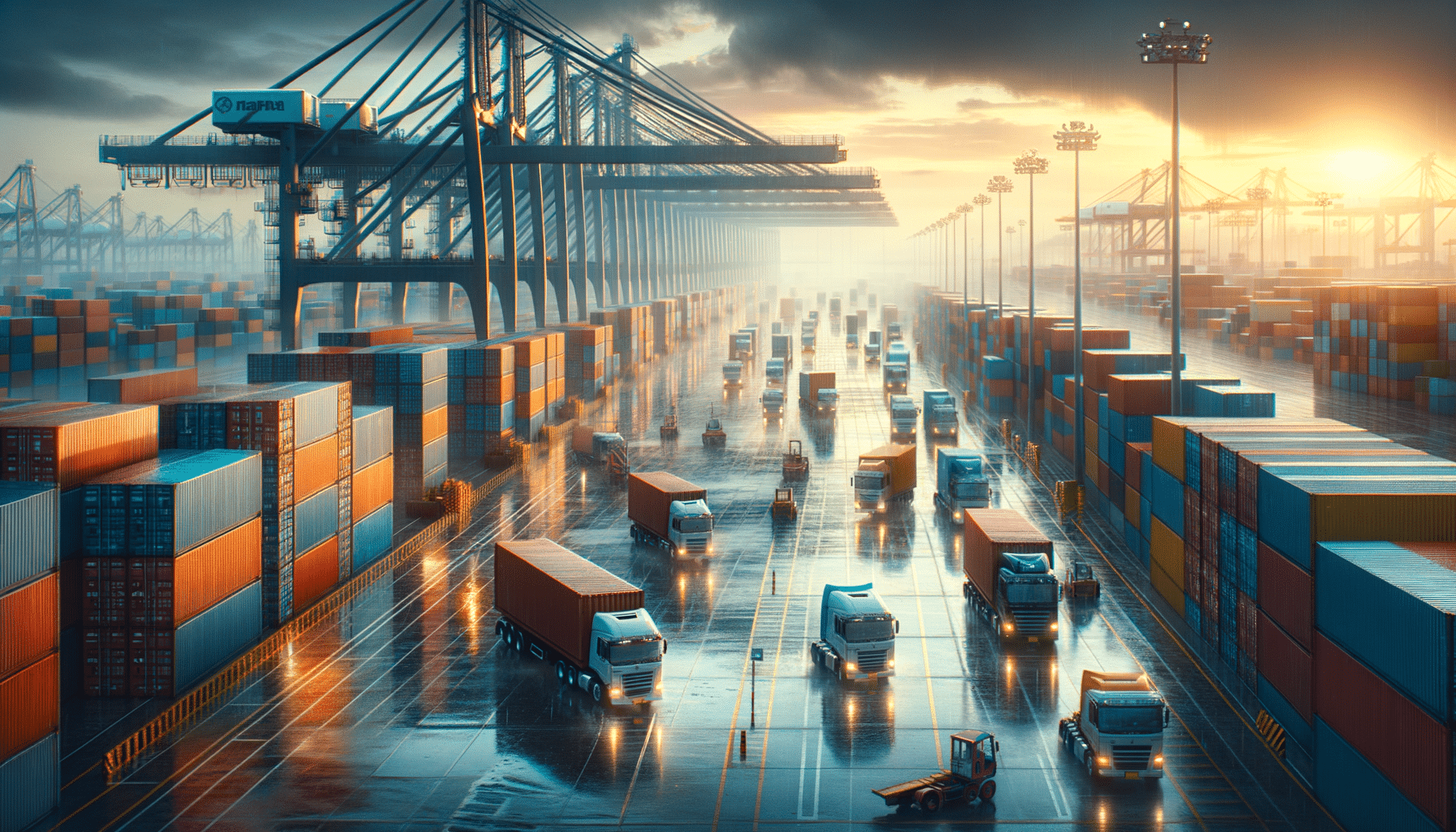
Understanding Less Than Truckload Shipping: An Overview
The Basics of Less Than Truckload (LTL) Shipping
LTL shipping, or Less Than Truckload shipping, is a freight transportation method that consolidates shipments from multiple customers into one truck. This approach is particularly beneficial for businesses that do not require a full truckload for their goods. By sharing space with other shipments, companies can reduce costs and improve efficiency. The logistics field uses the term LTL in several ways, often interchangeably with LTL in shipping or simply LTL trucking, all pointing to the concept of shipments that move without requiring a full truckload.
The primary advantage of LTL shipping is cost-effectiveness. Since shippers only pay for the portion of the truck their cargo occupies, it significantly reduces transportation costs compared to hiring an entire truck. Additionally, LTL shipping offers flexibility, allowing businesses to ship smaller quantities of goods more frequently, which can improve inventory management and reduce storage costs.
However, LTL shipping also comes with challenges. The need to consolidate and deconsolidate shipments can lead to longer transit times compared to full truckload shipping. Moreover, the handling of goods at multiple points increases the risk of damage. Despite these challenges, LTL shipping remains a vital component of the logistics industry, offering a practical solution for businesses with smaller shipping needs.
Comparing LTL Shipping to Full Truckload (FTL) Shipping
Understanding the differences between LTL and Full Truckload (FTL) shipping is crucial for businesses to make informed logistics decisions. While both methods serve the purpose of transporting goods, they cater to different needs and offer distinct advantages.
FTL shipping involves using an entire truck for a single shipment. This method is ideal for large shipments or when goods require special handling. FTL shipping often results in faster delivery times as the truck travels directly to the destination without stopping for additional pickups or deliveries. In contrast, LTL shipping combines multiple shipments, which can extend transit times due to multiple stops and transfers.
From a cost perspective, FTL can be more expensive for smaller shipments since the shipper is responsible for the entire truck’s cost. On the other hand, LTL shipping offers a more economical option for smaller loads by allowing businesses to pay only for the space they use. This cost-sharing model makes LTL an attractive choice for companies looking to optimize their shipping budgets.
Ultimately, the choice between LTL and FTL shipping depends on several factors, including shipment size, budget, delivery timeline, and special handling requirements. Businesses need to evaluate these aspects carefully to select the most suitable shipping method for their needs.
The Role of Technology in LTL Shipping
Technology plays a pivotal role in enhancing the efficiency and reliability of LTL shipping. With advancements in logistics technology, shippers and carriers can streamline operations, track shipments in real-time, and improve customer satisfaction.
One significant technological advancement in LTL shipping is the use of Transportation Management Systems (TMS). These systems help manage the entire shipping process, from planning and execution to tracking and reporting. TMS solutions enable shippers to optimize routes, consolidate shipments, and monitor carrier performance, resulting in improved operational efficiency and cost savings.
Real-time tracking and visibility are other critical technological features in LTL shipping. With GPS and RFID technology, shippers can monitor the location and status of their shipments at any given time. This visibility allows for better coordination and communication between shippers, carriers, and customers, reducing the likelihood of delays and improving overall service quality.
Furthermore, technology facilitates better data analysis and decision-making. By leveraging data analytics, shippers can gain insights into shipping patterns, identify areas for improvement, and make informed decisions to enhance their logistics strategies. As technology continues to evolve, its impact on LTL shipping will likely grow, offering even more opportunities for efficiency and innovation.
Environmental Impact of LTL Shipping
As sustainability becomes a growing concern in the logistics industry, understanding the environmental impact of LTL shipping is essential. While LTL shipping offers cost and efficiency benefits, it also presents opportunities and challenges from an environmental perspective.
One of the environmental advantages of LTL shipping is its potential to reduce carbon emissions. By consolidating shipments from multiple customers into one truck, LTL shipping can decrease the number of vehicles on the road, leading to lower fuel consumption and reduced emissions. This consolidation also maximizes the utilization of available truck space, further contributing to environmental efficiency.
However, the multiple stops and transfers associated with LTL shipping can offset some of these environmental benefits. The need for additional handling and routing can increase fuel consumption and emissions compared to direct FTL shipments. To address these challenges, logistics providers are increasingly adopting green practices, such as using fuel-efficient vehicles and optimizing delivery routes to minimize environmental impact.
Businesses can also contribute to sustainability by selecting carriers committed to eco-friendly practices and exploring alternative transportation modes, such as rail or intermodal shipping, to further reduce their carbon footprint. By prioritizing sustainability in their logistics strategies, companies can not only reduce their environmental impact but also enhance their brand reputation and meet the growing demand for environmentally responsible practices.
Future Trends in LTL Shipping
The landscape of LTL shipping is constantly evolving, driven by technological advancements, changing consumer expectations, and the need for sustainability. Understanding future trends in LTL shipping can help businesses prepare for and adapt to these changes.
One significant trend is the increasing reliance on automation and artificial intelligence (AI) in logistics. Automation in LTL shipping can streamline processes such as sorting, packing, and loading, reducing labor costs and improving efficiency. AI, on the other hand, can enhance predictive analytics, helping shippers forecast demand, optimize routes, and improve decision-making.
Another emerging trend is the growing importance of last-mile delivery. As e-commerce continues to expand, the demand for fast and reliable last-mile delivery services is rising. LTL carriers are increasingly focusing on improving their last-mile capabilities to meet consumer expectations and gain a competitive edge in the market.
Additionally, sustainability will remain a priority in the future of LTL shipping. As environmental regulations become stricter and consumer demand for sustainable practices grows, logistics providers will need to invest in green technologies and practices to reduce their carbon footprint and meet regulatory requirements.
Overall, staying informed about these trends and incorporating them into logistics strategies will be crucial for businesses to remain competitive and meet the evolving needs of their customers in the dynamic world of LTL shipping.


